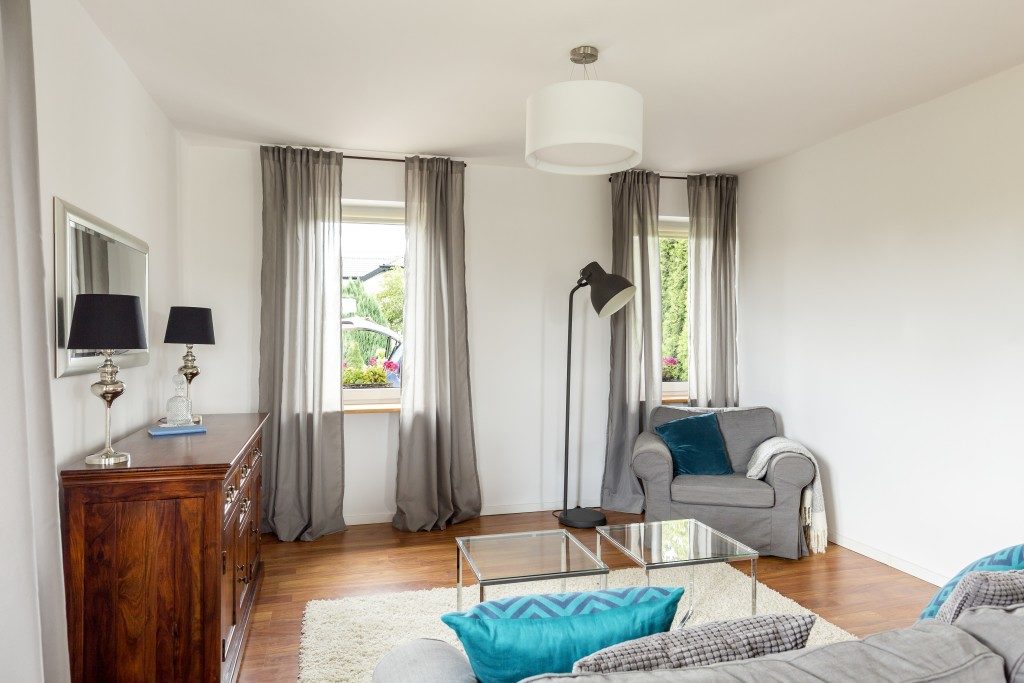Living in small spaces is becoming more and more common these days, especially among the more ecologically aware individuals. After all, larger homes and properties require more energy and utilities to maintain them. If you’ve made a choice to transition from spacious homes to smaller living spaces, here are some pointers to maximise every square foot available in your compact home.
Use External Space
For properties that have a yard or even a rooftop area, adding an extra room need not be a construction nightmare. By choosing a preferred model from the many granny flat kits that are available today, you can easily set up an additional room on your property’s available space. It is best that you hire licensed construction companies that are granny flat experts so that you can find the best and most economical choice for you and your property. The same can be said for any other external additions and installations.
Multipurpose Furniture
Small space demands furniture that does more than just fit into your limited area. Alton Brown of the Good Eats series hates things called “unitaskers” or appliances that can do the only one process that they’re originally marketed for. He prefers items that can do more than just one task, which can make working in the kitchen easier and smoother. Whether it’s a bed that can be turned into a sofa or a table that can be folded into a closet with several shelves, your choice in furniture should offer different services and functions. It’s an added bonus if these items are foldable or space-saving as well.
Storage and Shelving
 Any disorganised space will feel cramped. By installing shelf space and creative storage areas that can be added as part of your interior design or overall architecture, you reduce the possibility of clutter. For example, your walls aren’t just flat surfaces for your décor but can also be transformed into storage spaces for books, electronics and even clothes. You can even make the underside of your stairs or beds as a perfect spot for storing your collections, clothes, or shoes. Feel free to research DIY interior design ideas for more options.
Any disorganised space will feel cramped. By installing shelf space and creative storage areas that can be added as part of your interior design or overall architecture, you reduce the possibility of clutter. For example, your walls aren’t just flat surfaces for your décor but can also be transformed into storage spaces for books, electronics and even clothes. You can even make the underside of your stairs or beds as a perfect spot for storing your collections, clothes, or shoes. Feel free to research DIY interior design ideas for more options.
Visual Appeal
Colour, light, and patterns all add to the feeling of a home. They can also play a big part in expanding your available space. Choose wall and floor colours that feel light and open, such as pastels, soft earth tones, or a combination of these themes. Patterns like strong, thick lines can also help in making a place feel expanded and not closed in. Strategically placing lights in your room can also create a more spacious feel to any compact area. Choose light fixtures that can change their intensity and direction and use LED lights so that you can also reduce your utility bills.
Despite the recent popularity of compact living, homeowners who are used to living in larger residences may take a bit more time to adapt. However, upon learning to adjust to these kinds of conditions, the pointers mentioned above can be considered for long-term use. This is especially true if you plan to live with family members or regularly invite friends over. Get a quotation from local home design experts and see what works for you.

